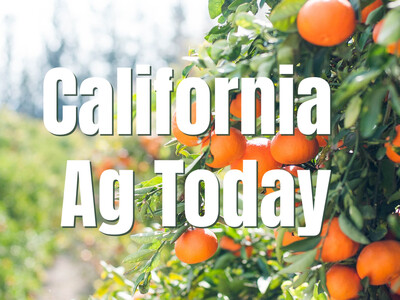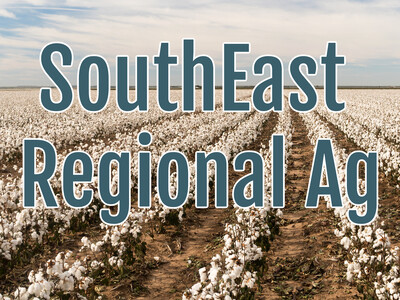Jeff Raybould letter
Jeff Raybould Is a lifelong farmer and the chairman of the Idaho Water Resource Board, and says it’s been amazing to watch our state’s potential 2021 water supplies diminish from what was shaping up to be a comparatively decent winter with near-average snowpack in most areas of the state to a bone-dry spring.Although major drought conditions have been present in portions of the state, we are now seeing drought setting in statewide.
An extreme triple-digit heat wave hit us early in June, and here we are in the traditionally hot and dry months of July and August, with no relief in sight.
The heat and the drought are hitting us like a one-two punch statewide, with a third uppercut coming in the form of wildfires and smoke.
Somehow, we must endure with rapidly diminishing water supplies as the extreme heat leads to increased water evaporation everywhere and reduced streamflow runoff from the mountains, while demand for water is increasing to irrigate crops on our farms, provide water for livestock, and supply water for all our needs in commerce and industry as well as for our homes and communities.
Unfortunately, this is a year when we’ll see ag producers and others with junior water rights experience curtailment of their water rights that will cause severe economic hardship. In some basins without water storage facilities, they may run out of water entirely.
The Idaho Water Resource Board is charged by the Idaho Legislature to plan for Idaho’s future water needs while also providing a plan for a sustainable supply of water for everyday use statewide. Our State Water Plan has a Sustainability Policy, adopted in 2016, that says, in part:
“Water is the foundation of Idaho’s economy and culture; the lives and livelihoods of Idahoans depend on a reliable supply of water. Stewardship of Idaho’s water resources begins with the realization that the water resources of the state are not inexhaustible.”
Clearly, this is a year when we are experiencing the effects of drought across the state. As a board, we encourage everyone to do what they can to conserve water. Every single drop counts. Everyone can do their part.
“Be creative, be innovative, every little bit of conservation can go a long ways,” says my colleague, Roger Chase, vice-chair of the Idaho Water Board, who lives outside of Pocatello.
There are many things that Idahoans can do on a voluntary basis to save water on the farm as well as in the city.
For example, many onion farmers in Southwestern Idaho have converted to drip irrigation to produce the best crops while saving water and money from less energy use. In Eastern Idaho and the Magic Valley, some farmers have converted pivot sprinklers to low-elevation sprinkler applications that lower water nozzles down to just above the crops, to increase efficiency by reducing evaporation.
Crop experts from the University of Idaho Extension and Natural Resources Conservation Service (NRCS) help farmers determine how much water is needed to grow various crops. Using this expertise, it’s possible to check soil-moisture levels on an ongoing basis to ensure that you’re not over-watering.
Water Board member Dean Stevenson recommends fixing leaks on sprinkler wheel lines, checking the pumping pressure, the regulators and nozzles on pivot systems to ensure they’re all in good working order. It’s important to maximize the efficiency of our irrigation systems and avoid irrigating when conditions such as afternoon heat cause more evaporation, he says.
Often times, we see end guns on pivots watering the roads or areas outside the boundary of a farm field. Water Board member Brian Olmstead recommends shutting off end guns to save water being applied on non-cropland, including roads, and using a hand line or other higher-efficiency application method to cover a hard-to-reach area of a field.
In our cities, municipal water providers are providing many recommendations for conservating water, including watering lawns in the early morning hours or at night, xeriscaping, and finding ways to save water in the home. It takes 27 gallons of water to wash dishes by hand, for example, compared to 3 gallons in a modern, efficient dishwasher unit. Fixing a leaky toilet can save up to 100 gallons of water/day.
A cover for your swimming pool can save thousands of gallons per year just by reducing evaporation.
Idaho’s State Water Plan calls on our citizens to conserve water on a voluntary basis. Whatever you can do to save water may free up water supplies for others who have a desperate need. Any farmers with surplus water can offer up extra water for lease or rent in a local water rental pool or through the state water supply bank.
In addition to the immediate need to conserve, the Water Board continues to look for ways to capture more of our water resources for use within the state. The board will work with Gov. Little, the Legislature and all stakeholders to plan, develop and provide for additional ways to meet our current needs and prepare for the future.













